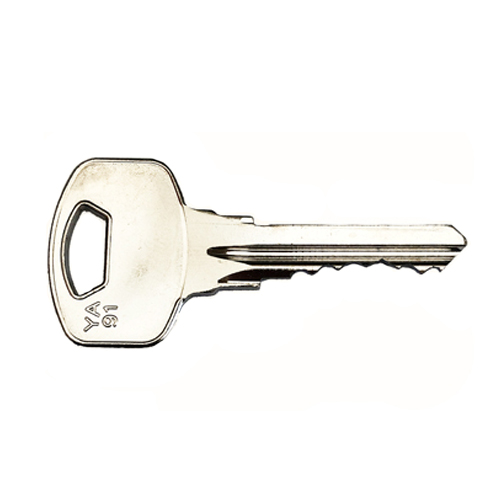

Even though these cards are a lot more secure, once you know the encryption algorithm you can decrypt them and access the sensitive information.

To access sensitive information, you have to provide that sector of memory with the right key-otherwise, it will show up blank. Ok, I get it-they're difficult to duplicate, but how do we copy them? Unlike before, however, it no longer advertises all of its data instead, it only broadcasts data that is public-like its ID and name. Now that encryption is available for these cards, the way they communicate with a reader device is to send out a signal and the reader reads it. That means the data on the chip to be encrypted will be greater, rendering it more secure. Since the frequency is significantly higher, compared to the 125 KHz version, the amount of bits that can be sent per second is significantly higher. In the following segment, we’ll focus on your typical HID card, which works off of 13.56 MHz and is a bit more advanced to copy: Why are these cards more difficult to copy? People ask questions like: “ How can a mobile’s NFC be used as an HID proximity card (used at the doors of a corporate office)?“ and “ Is the iPhone 6’s NFC transmitter capable of being used as a contactless card reader?” and so on.
Key copied near me how to#
How to copy HID cards and get them on your phone That’s how easy it is to copy or clone an access card or RFID key fob.
Key copied near me download#
Interested in access control? Download our free Introduction to Access Control Guide! Essentially, anyone with the right equipment could steal or replicate these cards and fobs, whether they were authorized or not. This posed a huge security risk to companies dealing with sensitive information and products. Since these ICs had no encryption or authentication, they would broadcast their information as soon as a reader was nearby. Most were using the EM4100 protocol card (a type of 125khz card) or a CMOS IC-based card, which had the information about the tag or fob stored openly. At the time, RFID technology had spread like wildfire across many sectors - tech companies, hospitals, and more were using 125khz cards to access door secured with electric locks.

A good example of this is RFID tags in 2013. While this technology is amazing, it requires constant evolution and adaptation to defend against malicious users.Īny new technology, from the moment it is introduced to the general public, is vulnerable to manipulation and hacking by malicious users. For example, door security has evolved from simple pad locks and keys to RFID-enabled cards and fobs that can be swiped and triggered, as well as using electric locks to open doors. The security industry has experienced a major overhaul with advances in technology. IDTechEx states that the market is estimated to rise to $13.2 billion by 2020.
Key copied near me software#
This market sizing includes all the tags, readers and software designed for RFID cards and RFID key fobs, including all form factors. The parent directory for NFC was estimated a $10.1 billion - from $9.5 billion in 2014, and $8.8 billion in 2013. IDTechEx found that in 2015, the total RFID market was worth $10.1 billion.


 0 kommentar(er)
0 kommentar(er)
